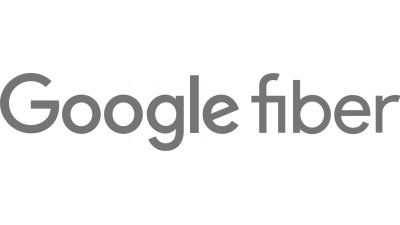The Evolution And Future Of Apartment Marketing

Apartment marketing strategy has evolved at an astounding rate, to the point where today’s tactics would be inconceivable to a broker magically transported from a pre-internet era. Tactics have changed more in the past 20 years than the 300 before them.
The amenity recently receiving the most attention from developers, property managers and tenants is the one that’s most responsible for enabling this remarkable shift — the internet. How exactly has the state of apartment marketing been transformed by the web? Read on for an authoritative Bisnow inventory of its past, present and future.
1700 - 1993: The Dawn Of Print Real Estate Ads

Since the first newspaper ad, an announcement seeking a buyer for an estate in Oyster Bay, Long Island, was published in 1704, all the way up to 1993, apartment marketers relied on print media to disseminate information.
In this time frame, brokers used ads in local newspapers, magazines, billboards and telemarketing cold calls to sell condo units and lease apartments.
The advent of the internet didn't immediately make these forms of advertising extinct. Real estate is notoriously slow to adopt new technology, and this sluggishness pervaded advertising. Despite the internet's having existed since the ‘70s, it was only afforded serious attention as a marketing tool beginning in 1993, the year Mosaic was developed, enabled by the High Performance Computing and Communication Act of 1991.
1993 - 2000: Commercialization Of The Web

Even after Amazon and Craigslist were founded in '94 and '95, respectively, and people acclimated to searching for goods and services online, it wasn't until Apartment Ratings was founded in 2000 that looking up building data online gained traction. Redfin, Trulia and Zillow, arriving in the mid-2000s, accelerated this, giving online apartment marketing a foothold as the general public, rather than just early adopters, started shopping online.
Even today, as ever-increasing internet speeds allow a tremendous volume of transactions online, often without the buyer needing to touch the merchandise to be swayed to purchase, housing stands apart. We still want to see, to experience, firsthand the spaces we’ll be inhabiting. Plus, word-of-mouth is still a potent influence.
2000 - 2016: Mobile And The Obsession With Hyperconnectivity

Potential tenants now look online first for the apartment information they need, using social media, property websites and review sites. Brokers, developers or PR agencies marketing a property used to have a lot of control over the message they conveyed and the public's perception of their buildings. But with the rise of apps and websites as the primary source of apartment information, service and tenant satisfaction are more important than ever. If Operations & Maintenance teams are slacking, creating an environment that’s unsafe, uncomfortable or inconvenient, tenants will take to the web to complain.
Savvy brokers have come up with innovative ways to leverage new media and higher bandwidth to attract potential tenants. Marketers upload virtual walk-throughs and videos to complement suites of high-res images, often captured on mobile devices, to entice tenants. They also host webinars and use videoconferencing services to show off their spaces. Marketers' reach is greatly amplified by social media. They are also empowered to make data-driven decisions about how to allocate their precious marketing dollars by advanced analytics that simultaneously permit them to target specific buyers or groups.
The driver of this shift, from text-based ads to image-based display ads to video and videoconferencing strategies, is internet speed.
Internet speed in a property is also one of today's primary draws. WiredScore, started in September 2013, both embodies and fuels the "amenitization" of high-speed internet, rating properties on connectivity. Property managers are forced to invest in the tech-oriented infrastructure tenants demand to keep up with competitors.
2016 - 2020: Modern Brokerage

Virtual and augmented reality are two of the hottest, most buzzworthy tools recently added to apartment marketers' arsenals. Apartment marketing has historically revolved around getting people in the door. But what if closing was no longer dependent on tenants to be physically present?
The tech’s almost at the point where it can provide the realistic, immersive experience tenants need to feel comfortable putting their John Hancock on the contract. People are able to customize the space, picking out paint colors and positioning furniture in the fabricated landscape.
Australia-based Start VR was the first in the country to roll out a dedicated VR app, Edge 28, to market its Sydney development. Real VR head Jason Salter said “incorporating high-quality computer-generated architectural [renderings] and combining these with drone photography allows buyers to sit in the apartment and see the actual view from the eighth and 11th floors, as well as the rooftop.”
He’s bullish on the technology, believing it also has the potential to eliminate the need for costly display apartments.
But VR and AR are expensive, and the cost is a barrier keeping it from being implemented at a wider range of properties. Still, many think the two have the capacity to transform apartment marketing like no innovation has.
Image-rich and video-centric strategies are both likely to be replaced, or at least beefed up by AR/VR and drone tours. The latter lets tenants remotely fly a drone through the space, watching a live video feed of the machine's progress.
It is true, today people are "living online" to a greater extent, but they still need a place to … live. Apartment marketers are capitalizing on the plethora of apps, platforms and software designed to help them reach tenants, and eagerly anticipating the game-changing shift AR, VR and unforeseen advances will cause in the future.

